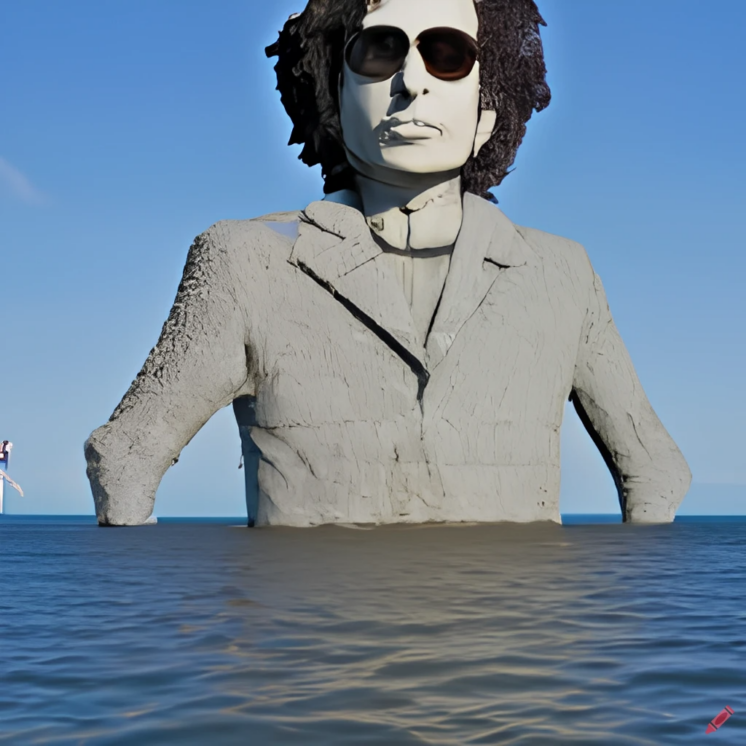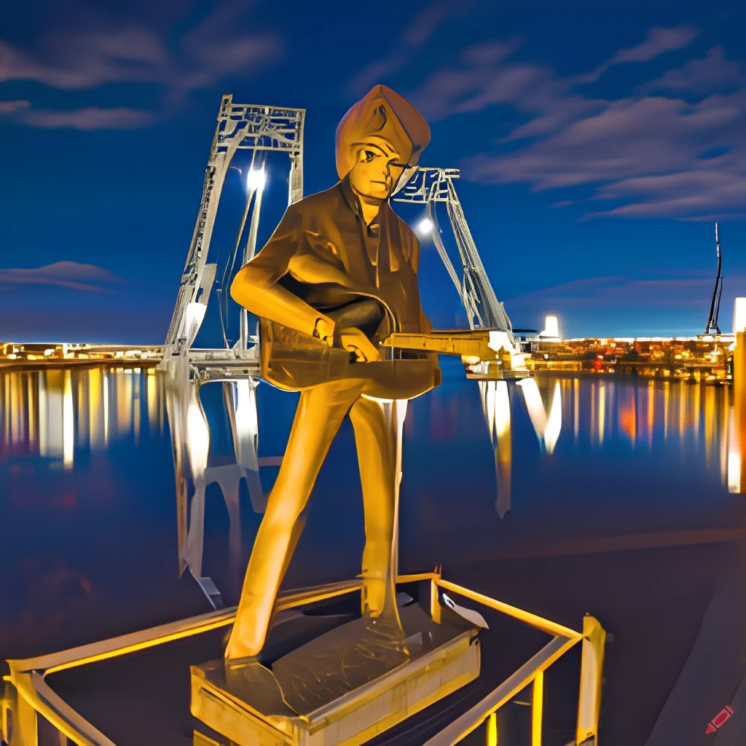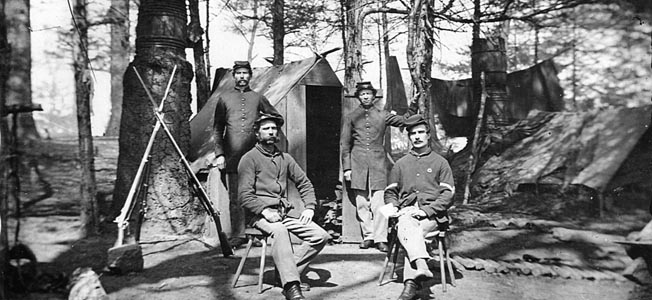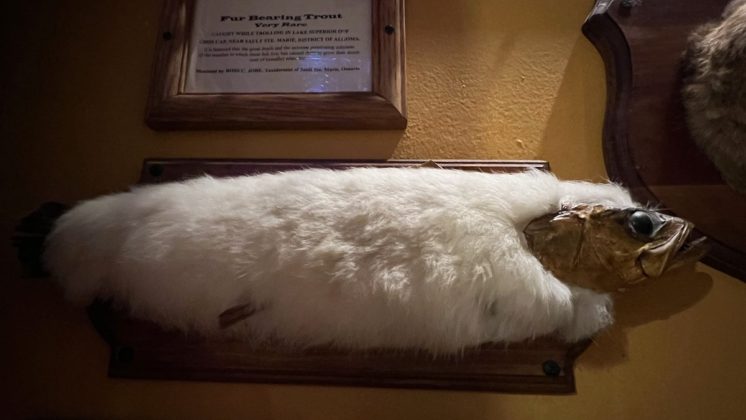Duluth Island
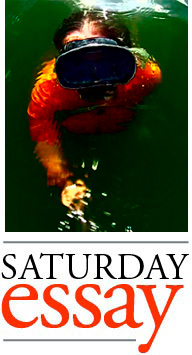 The discovery of a scale model of Duluth, carved from black coral on a desert island in the South Pacific, sent shockwaves through the scientific community. The miniature cityscape lay in a hand-excavated chamber under the sand, on an uninhabited, unnamed island only half the size of a city block. The flat, round expanse of sand, if noticed at all by distant ships, seems featureless. At twenty feet above sea level, it fully submerges in some storm surges, and might not survive climate change’s rising seas. First appearing on maps in 1941 with a numerical designation, it was not explored until 2015. That’s when a team of American biologists, following a tagged sea turtle, navigated a black reef and set foot on what is now known as Duluth Island.
The discovery of a scale model of Duluth, carved from black coral on a desert island in the South Pacific, sent shockwaves through the scientific community. The miniature cityscape lay in a hand-excavated chamber under the sand, on an uninhabited, unnamed island only half the size of a city block. The flat, round expanse of sand, if noticed at all by distant ships, seems featureless. At twenty feet above sea level, it fully submerges in some storm surges, and might not survive climate change’s rising seas. First appearing on maps in 1941 with a numerical designation, it was not explored until 2015. That’s when a team of American biologists, following a tagged sea turtle, navigated a black reef and set foot on what is now known as Duluth Island.
Sea turtles and sea birds liked the island well enough. It had no trees or flora visible from off its tiny shores, but up close it was seen to support beach grass and some shrubs. The thought of human habitation was so impossible it didn’t cross anyone’s mind until one of the team noticed a square slab of black coral in the island’s dead center. It measured thirty inches by thirty inches and was at least a few inches thick, set into the sand. It was either subsuming into the sand or emerging from it. The object, obviously the product of human labor, remained unexplained as the biologists departed.









